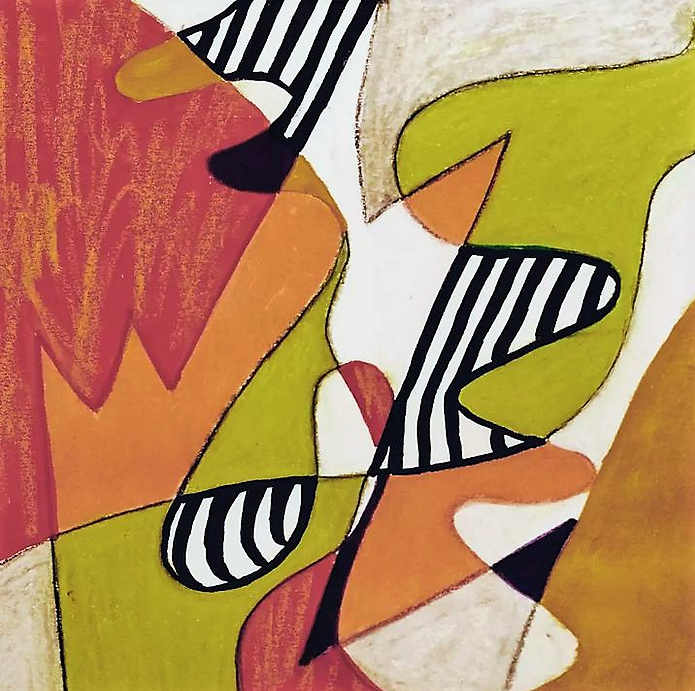
Creative Compassion is a practice cultivating self-empathy and empathy for others through the arts. The Creative Compassion practice is designed for building basics of Relational Empathy within a safe framed setting.
Relational Empathy (Maureen o’Hara) is tuning in to the whole instead of tuning in to parts only. Relational Empathy is promoting personal and collective growth, fostering a sociocentric instead of an egocentric world view.
Within the arts Relational Empathy is to tune in to all of what an artpiece is offering: Aesthetics that match the personal interests of the practitioner and are easy to identify with (standing for ME HERE) and aesthetics that are of no interest or conflicting and difficult to refer to (standing for THE OTHER/you there). Artistic Relational Empathy is to be able to shift between both kinds of aesthetics with friendly curiosity and to explore the interconnectedness of both kinds nonjudgemental.
In social life Relational Empathy is to tune in to inner parts and to tune in to relationships with others depending on the given situation, and to respond to the needs of the individuals involved (with all the interrelational dynamics of group collectives that might be contradictious to personal needs, points of view or moral standards).
The transfer from artistic to social Relational Empathy needs some kind of fascilitation. A Focusing Professional can support the practitioner to find life forwarding action steps to integrate their art based experiencing (including bodily felt shifts and insights) into their current life situation with others.
During Creative Compassion practice the practitioner is invited to use a Fine Arts piece as reference picture and go back and forth between perceiving, sensing and expressing. Exploring the range of intermodal expressions evolving, the practitioner gets hold of avenues coming from the felt sense (avenues: image, word, phrase, guesture, sound). Inner Dialoging is forwarding this process.
Doing Focusing oriented receptive-active arts engagement the practitioner comes to a wider range of social empathy by implicitly training interactive skills: Refering to the Fine Arts reference picture, the practitioner is also refering to the professional artist behind the picture (‘artist-within-the-picture’) with their artistic biography, belonging to art epoches, specific use of art materials etc.
The interaction of practitioner, Inner Artist, Fine Art piece of reference, artist-within-the-picture and artistic expression of the practitioner is creating a texture of intricacy that leads to a More of (… …). The practitioner gets enabled to find new insights on relating that are beyond their already known standards. They might shift their perspective on parts and the whole and develop a sense of what is needed to bring Relational Empathy into their lifes.
The blog is offering a theoretical framework (three of eight chapters) of Creative Compassion practice. More about https://creativecompassion.eu
Directives of Creative Compassion practice and tools to build arts based Relational Empathy can be downloaded from the Creative Compassion website. You can try out Creative Compassion practice by your own (free ressources being provided) or ask for Creative Compassion guidance 1:1 or group guidance. Please use the website contact formular to get semiannual Creative Compassion letters or emails refering to your questions: https://creativecompassion.eu/contact. I am happy to hear from you and be at your service!
Freda Blob, FOCUSZART The Focusing Studio
Illustration ©focuszart

